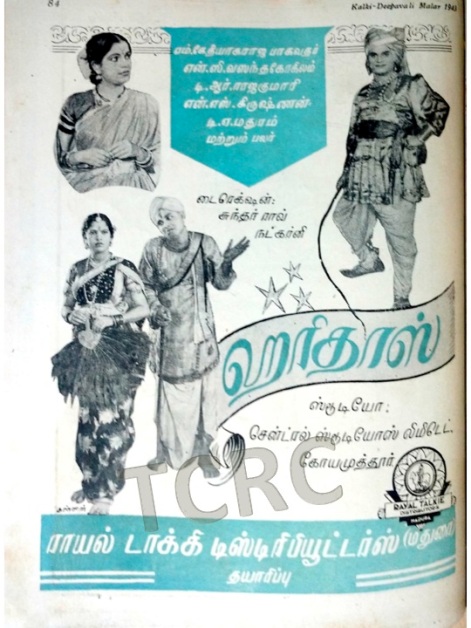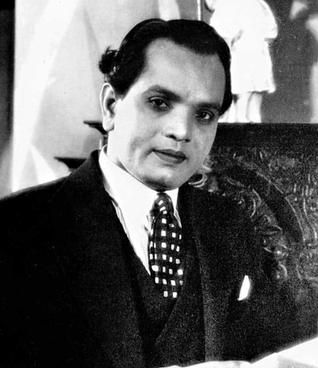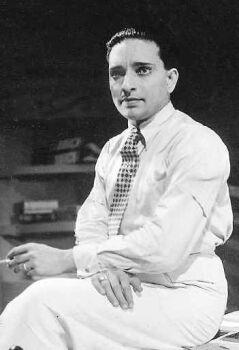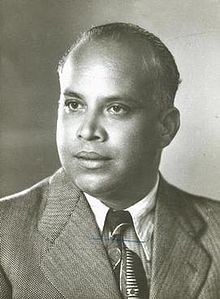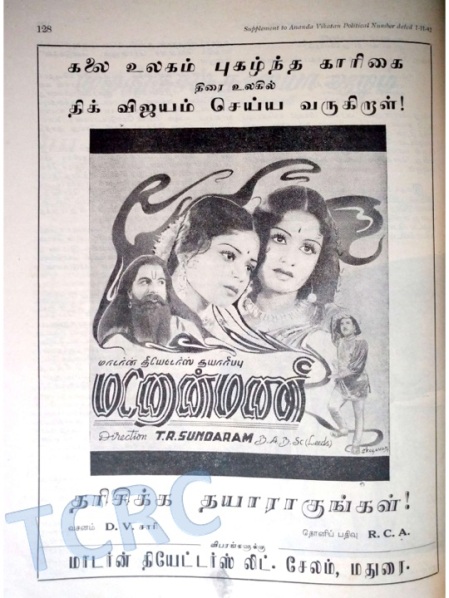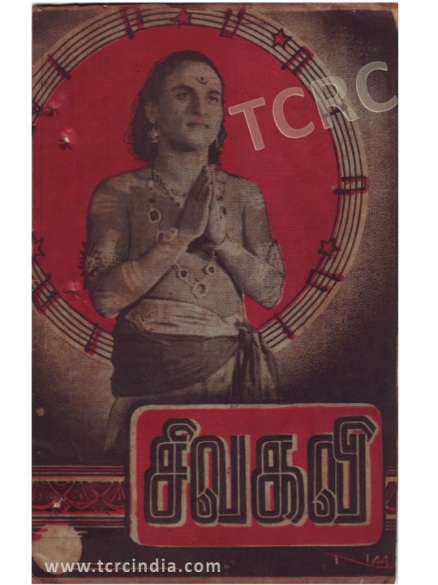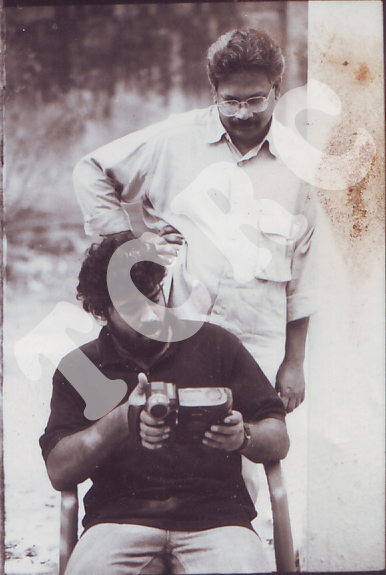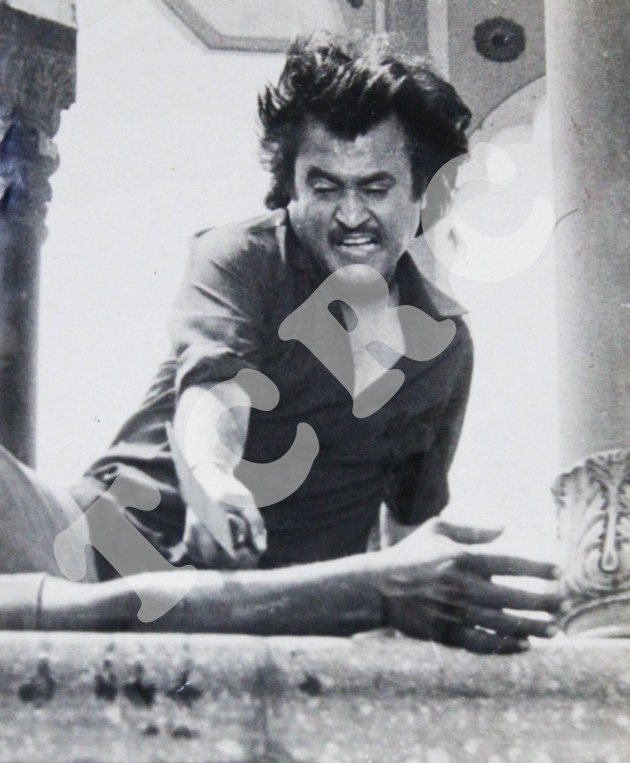With his debut film Take Off Mahesh Narayan has proved to be a writer- director to watch out for. But cinema is not a new arena for this talented film maker. Having edited over 70 films,spanning over 10 years and across many languages, Mahesh Narayan is an established name in the Indian film Industry.
In the middle of his research work for his next project the writer-director-editor takes time to interact with Adithya Iyyappan.
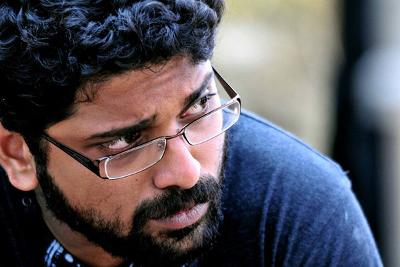
Stanley Kubrick was quoted as saying “I love editing. I think I like it more than any other phase of film making. If I wanted to be frivolous, I might say that everything that precedes editing is merely a way of producing film to edit.Do you agree with his views on film editing? How has been your progression from an Editor to Director?
For me, I was always fascinated to watch a story being narrated on screen. Editing for me is an art of story telling. I believe that the final draft of a screenplay is always written along with the editor. As an editor, I will assemble the story with the materials I have. That’s never considered as a limitation. But when I am getting an opportunity in forming my own story, deciding the way how it should be told and then finally shaping it in the editing table has extended my creative boundaries. So in a way this progression from an editor to a director has given me more responsibilities to face challenges in the complete film making process.
Do you feel that your job as a director has been easy since you were already an editor?
That depends upon the aesthetic sensibility and way of approach on the kind of movie you are going to make. Being an editor, actually gives me a freedom to decide on what I require at a much earlier stage. Also it adds conviction to my technical and performing crew. But that has got certain disadvantages too. You will start restricting things in a desired pace, where you always lose the organic flow. So I think, there should be a common midpoint where, the director should never always think as an editor on location. Also when you are making a film in a really tight budget, it’s always a blessing when you use the editor’s brain. That saves a lot of cost, when we plan on filming only what is needed.
Tell us about your journey into cinema, your early inspirations and how you started as an editor?
I am a graduate in Film Editing from Adayar Film Institute. Before joining the institute I was not very keen into Film Editing. All my curiosity was on the story telling part. Then I understood the value of the editing table, where we get to see a lot of information in detail. I grew up in Trivandrum, a town that has a definite impact on a lot of budding filmmakers. We had screenings mostly on all days a week by various film societies. Most of the classics by Orson Welles , Vittorio De Sica , Bergman etc were shown frequently. Later when I started working, I got a chance to work on a lot of documentaries from senior directors. My first independent feature film as an editor was “Rathrimazha” (2005, Malayalam), again by a senior award winning director Lenin Rajendran.
The Malayali nurse is someone who should be as celebrated as our software engineers, what made you choose the rescue of Malayali nurses from Iraq in 2014 as the subject for your debut movie?
For me this movie is about survival. Survival also has got a lot of inner meanings. It’s not about the survival from a war torn country, but it’s about a survival for existence. Initially this film was only about a divorced lady and her challenges when she gets pregnant with her second husband. Much later after this 2014 incident, I happened to meet Mareena Jose , a survivor who came from Iraq after the 23 day long hostage crisis. Most of them were small town women who went to Iraq in search of greener pastures, without realizing the gravity of the situation, only to be caught in a nightmare in the middle of a civil war. She told us about how straight away, almost as soon as they reached their workplaces, they had to patch up bullet and bomb injuries and not the usual fever and stomach aches that they were used to dealing with back home; of how ill-equipped they were to help patients; of how they were barred from even stepping out of the hospital; of how distant explosions and gun fire were a constant through day and night.This struck a new idea into the story, which actually blended well with the original concept. So it’s basically placing all fictional characters around a real life incident, which people could relate and connect well.

Take Off which you wrote and directed and Milli which was written by you are both women centeric stories. This has been a conscious decision by you?
No. Never. But I believe, there are more stories to be told about women.
How much of your personal life has influenced your cinema? Who are you inspirations in film making?
Inspirations keep on changing time to time. It’s about revisiting your favorite films again and again. Every time you get a different interpretation, which really adds to your perception on knowing the art.
What are your views on sub titling of Malayalam movies and them reaching a pan India audience in the recent times?
I think this is a great period for Malayalam cinema. People are enjoying all kinds of movies. There is good space for experimenting with challenging concepts. English subtitles have added a lot of advantage for new age filmmakers who are attempting on subjects that can acquire a wide spectrum of audience irrespective of language barriers. This revenue generated, really gives a motivation for more producers to happily fund such films with conviction.
What is your next project? Do you plan to continue your editing work along with direction?
Editing is my heart and soul. It’s my driving force, people know me for it and I have no plans to give it up. Now I am editing Kamal Haasan’s Vishwaroopam2.

